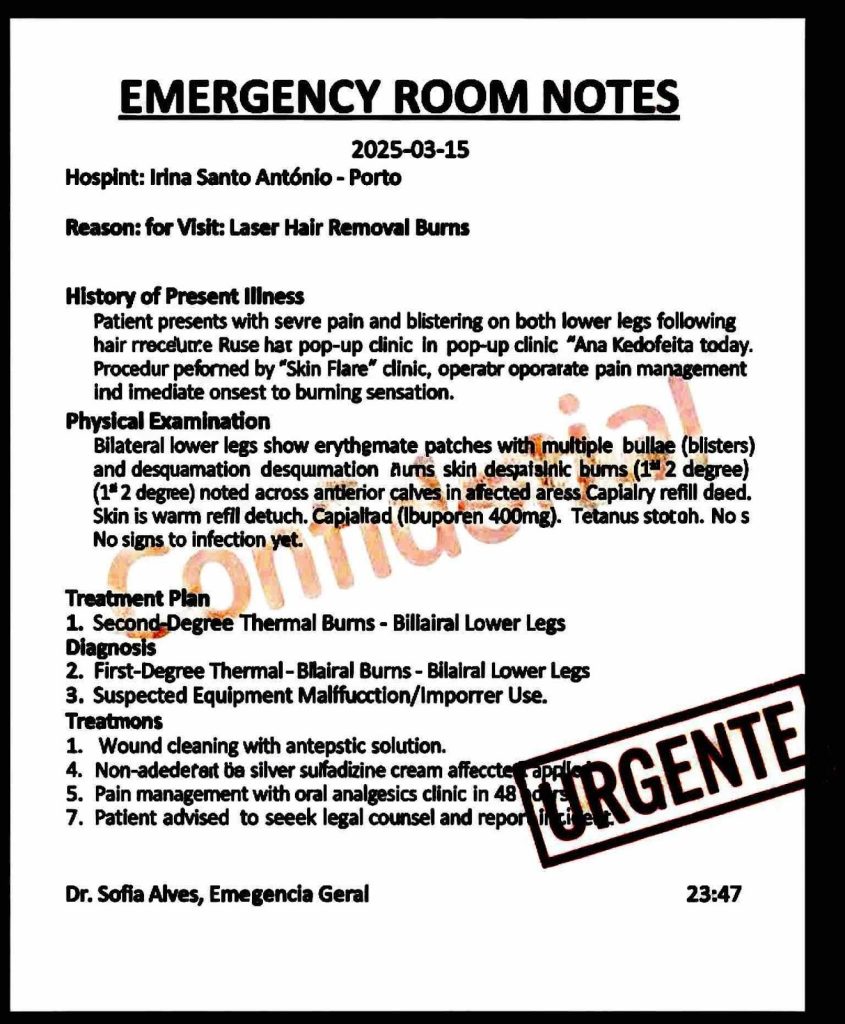How Many COVID Deaths Will Chinese Protesters Accept?
Anti-lockdown protests erupted across China following a deadly apartment fire in Xinjiang last week. The country’s zero-COVID policy may have been to blame, as first responders were apparently restricted from accessing the scene. Heavy-handed quarantines and endless testing are causing many harms, including food shortages and widespread unemployment. But they’re also keeping China’s COVID death toll very, very low: A study out in May from Nature Medicine, led by Shanghai researchers, estimated that without these strict measures in place, a massive wave of new Omicron infections could overwhelm critical-care units and leave 1.55 million people dead. As protesters call on the government to loosen up, how do they make sense of this potential trade-off?
Few, if any, of the people in the street are asking for a total rollback of the country’s COVID measures. Global public-health experts and China scholars who have been following the protests either from the ground in China or through contacts overseas told me that the movement lacks a precise set of demands. In general, however, the protesters have expressed a wish for easing restrictions, rather than a to-hell-with-it approach. They may not be opposed to post-exposure quarantine, for example, but they’d like to do it in their homes rather than inside government facilities. And footage of the demonstrations shows that many of the protesters are wearing masks (presumably to protect themselves from the coronavirus) even as they agitate for less aggressive testing programs and greater freedom of movement.
It’s not that people don’t understand the seriousness of COVID, especially in a nation where only two-thirds of those over the age of 80 are fully vaccinated. “People are very much aware of COVID infection, and to some extent, they may even overestimate some of the immediate health risks,” Jeremiah Jenne, a historian and writer based in Beijing, told me. Propaganda circulated by the government has painted other countries as being overrun with deaths from the disease, and China as the only place where people can be safe. But a growing number of citizens, particularly in urban areas and among those who are more internationally aware, are adjusting how they weigh the risks of COVID against the economic hardships and other costs of permanent, draconian restrictions.
The World Cup has helped fuel this change in attitude, China scholars told me. David Moser, a professor at Beijing Capital Normal University who’s been in China for 35 years, pointed to the broadcasts of the matches, which showed crowds of unmasked people in the stands, leading undisturbed lives. Chinese observers “got a sense that other countries are handling this by self-quarantining, by allowing a certain amount of infections, and letting people make their own medical decisions,” he said. Protesters may not expect to venture into stadiums without a mask anytime soon, or travel without restrictions, but they would like to see some steps in that direction. “They’re asking for a plan that provides an effective way to deal with the pandemic and keep people safe,” Jenne said, “not to go to Paris in March.”
Xi Chen, a health-policy professor at the Yale School of Public Health, told me that many young people protesting think the risks are much smaller than the ones described in the study from last May, which predicted 1.55 million deaths. “I was circulating the number from that Nature paper to younger friends in my network earlier this year, [and] they don’t buy this idea.” They know that easing off the zero-COVID policy will lead to people dying, but they don’t imagine it would reach that scale. According to Chen, some protesters are asking that public resources be prioritized for helping older adults and other vulnerable people in an attempt to mitigate the harm. The Nature study, for what it’s worth, estimated that if the Chinese government could fill the gaps in vaccination and provide shots for every eligible senior, the death toll from a rampant COVID outbreak would be roughly 600,000, while adding widespread use of antiviral therapies would drive it down much further. (The numbers from that model might not be exactly right, says Albert Ko, an infectious-disease epidemiologist and physician at the Yale School of Public Health, but they’re within the realm of possibility. “Whether it’s 1 million or 1.5 million or 2 million, that’s a huge burden.”)
Whatever the costs, the protesters are convinced that the zero-COVID policy is unsustainable. Public-health experts agree. “The government should address these concerns, because without jobs, people cannot pay for food and medications,” Chen said. In the end, China will need to navigate reopening while attempting to mitigate loss, Ko told me. “This should have been done much earlier.”








